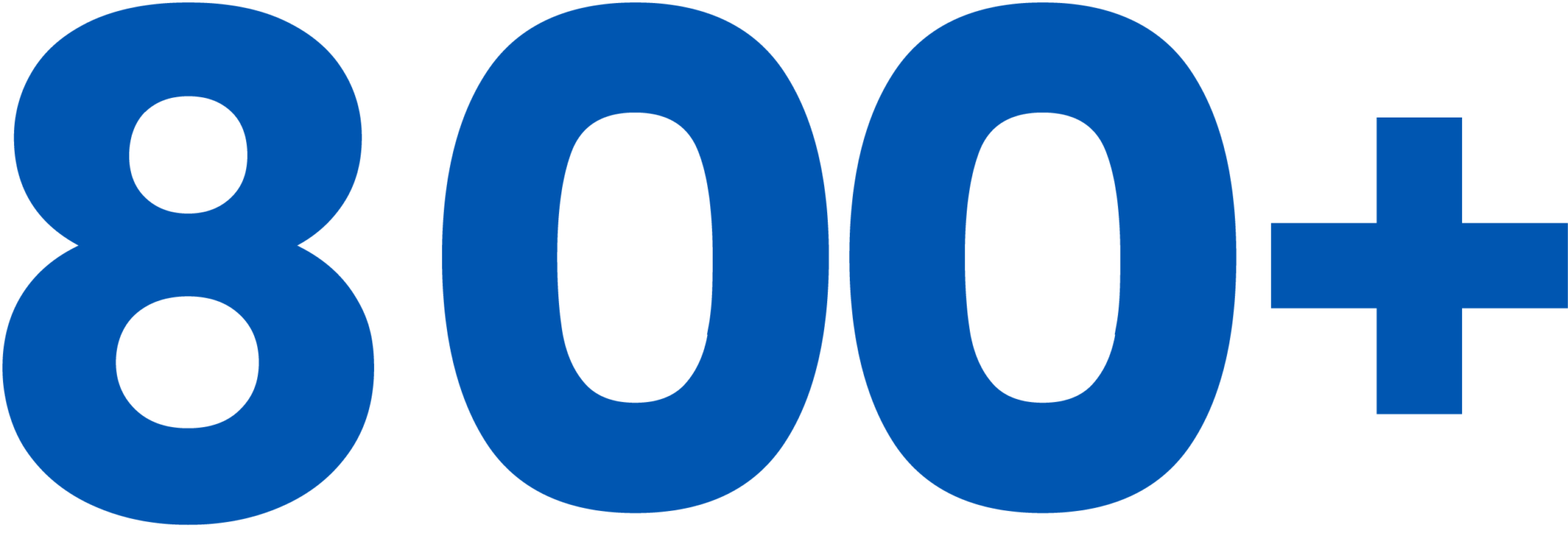In the past two years, we’ve been asked more and more frequently to help our clients develop an “Always-On Engagement” program. An Always-On Engagement program is essentially a program where leaders are “always listening”. Employees are used to a world where information and data are readily accessible, so the question becomes: How does this relate to employee listening strategies? How are employee engagement listening programs adapting to this? What’s realistic? What’s practical? What’s effective? These are questions that any engagement program lead must answer to implement an employee listening program effectively. Let’s explore each question in more detail.
Is an Always-On Engagement program realistic? In other words, is it realistic to implement a survey that is agile enough to be constantly collecting feedback? The answer is “Yes, it most certainly is.” The Qualtrics platform is a best-in-class technology that can accommodate any always-on program and can synchronize to any HRIS or intranet service, so survey accessibility is not a concern.
Is an Always-On Engagement program practical? Determining the practicality of an always-on program is something leaders will have to carefully consider for their organization. To start we must have a clear vision of what questions are asked in an Always-On Engagement program. WSA’s Engagement Index asks questions in four key areas: satisfaction, retention, advocacy, and pride. We incorporate our engagement index questions in similar always-on programs, such as onboarding and exit surveys, and believe their inclusion in an Always-On Engagement program would be essential. Another practical concern for leaders of an employee engagement survey is whether or not employees will participate in an always-on program on a recurring basis. Survey fatigue is a real phenomenon, meaning many employees tire of repeatedly answering the same questions.
Is an Always-On Engagement program effective? Anyone who has previously managed an engagement survey program knows that while the survey implementation is a vital and pivotal element of the program, the action done in response to the input is the breath and life of increasing employee engagement. One of our most common phrases, when we deliver recommendations on survey results is “the worst thing you can do is nothing”. If your employees have taken the time to provide their input, it is imperative that senior leaders listen and learn. Listening doesn’t mean anything if leaders don’t demonstrate that they’ve learned from what they’ve been listening to. Listening and learning go hand-in-hand. Is it realistic to think leaders can continuously listen, learn and effectively take action on a day-by-day meter? We can certainly take action on any given day, but in the spirit of any scientific study, it’s important to remember that validity is measured by repetition and garnering the same result. It is WSA’s belief that Always-On Engagement programs are not as effective as they may seem. Simply put, just because we can do it, doesn’t mean we should.
So, how can we maximize our ability to be agile and gather instant information with what we know to be most effective? It’s actually quite simple. Do both an annual Engagement program AND an Always-On Engagement program. Use the Engagement score from the annual survey as the benchmark and guide to determining the most impactful focus areas. Use the always-on survey as a barometer to measure the impact of the post-survey action items as they are rolled out.
These survey programs work best for organizations with a mature Employee Engagement Program already in place. If your organization is just getting started with an annual survey process, we recommend waiting a few years to roll out an Always-On Engagement Program. As with all new things, approaching the development of your engagement program in a crawl, walk, run manner will ensure your success in the most manageable way.
Ultimately, it’s important to remember that employee engagement isn’t a sprint, it’s a marathon. Keep your organization focused on the long-term results and success and utilize the short-term results for minor adjustments to your program. Steering engagement is like steering a ship, not a bike. Last, but certainly not least, let our consultants help design the best survey program for your organization. Visit our website at www.workforcescience.com for more information on how we can serve and support you!

